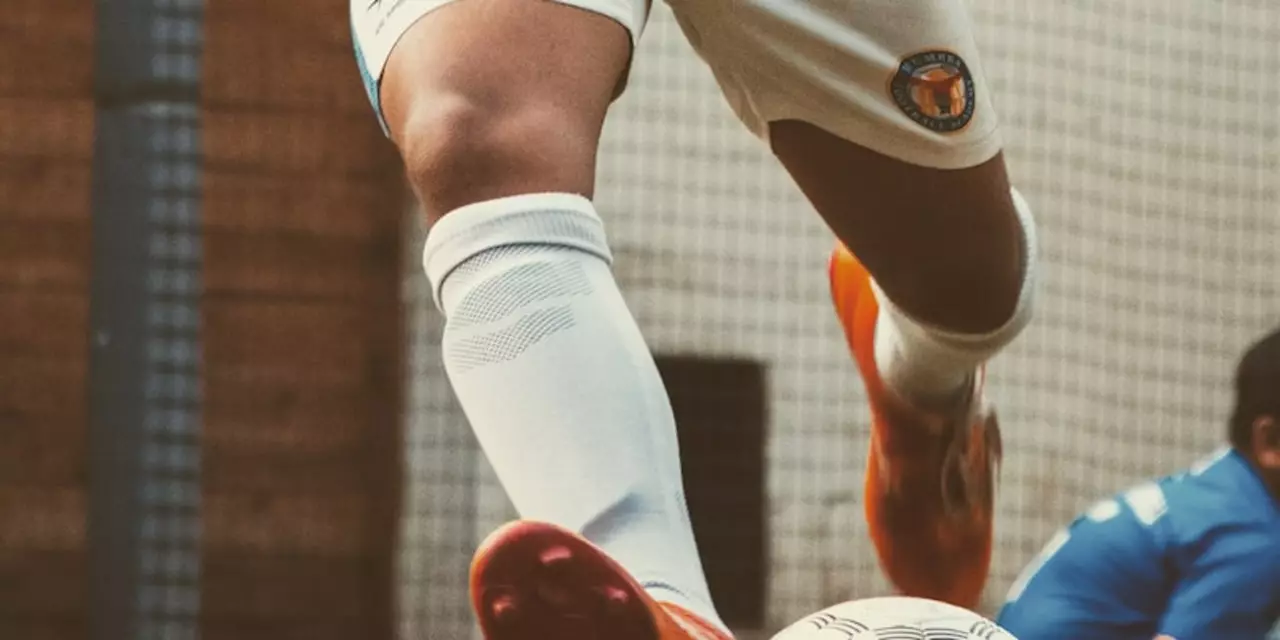Training Tips, Drills & Resources for Young Footballers
Ready to make training sessions more fun and effective? Whether you’re a coach, a parent, or a kid who loves the game, these simple ideas will help you get the most out of every practice. No fancy equipment needed – just a ball, a few cones and a willingness to get moving.
Quick Warm‑Up Routines
Starting a session with a dynamic warm‑up cuts the risk of injury and gets the blood flowing. Try a 5‑minute mix of high knees, butt kicks, side shuffles and short sprints. Keep it light, keep it fast, and make it a game – who can do the most quick‑feet steps in 30 seconds?
Core Drills for Skill Development
1. Dribbling Maze – Set up a zig‑zag of cones and have kids dribble through using only the inside of the foot. Switch to the outside foot after each round. This builds close‑control and foot‑work under pressure.
2. Passing Squares – Form a four‑person square, pass the ball clockwise, then reverse after a signal. Add a second ball for advanced groups. The drill teaches quick decision‑making and accurate short passes.
3. Shooting on the Move – Place a small goal or two markers. Players receive a pass, take one touch, and shoot while moving towards the goal. This mimics real‑game situations where you rarely shoot from a standstill.
Mix these drills in a 30‑minute block, letting kids rotate every 10 minutes. Short bursts keep attention high and give everyone a chance to practice different skills.
Don’t forget equipment basics. Proper cleats give the needed traction – spikes are useful on soft ground but not essential on firm pitches. Make sure shoes are clean and fit well to avoid blisters. A good pair of shin guards protects against accidental kicks, while a comfortable ball helps with ball‑control drills.
For rainy days or limited space, you can adapt many drills to a hallway or backyard. Use a smaller ball, or even a tennis ball, to practice touches without needing a full‑size field. The key is consistency – a 15‑minute mini‑session three times a week is better than one long, occasional practice.
Coaches often ask how to keep kids motivated. Turn drills into mini‑competitions, award simple stickers or points for effort, and celebrate small wins. When a player lands a good pass or scores a goal, give immediate, positive feedback. That reinforcement builds confidence and a love for the game.
Finally, track progress. A quick note after each session – “Player A improved dribbling speed, Player B needs more work on passing accuracy” – helps you tailor future training. Parents can also see the improvements and stay engaged.
With these easy-to‑apply ideas, training becomes a fun habit rather than a chore. Grab the ball, set up the cones, and watch young players develop skill, fitness and a real passion for football.
